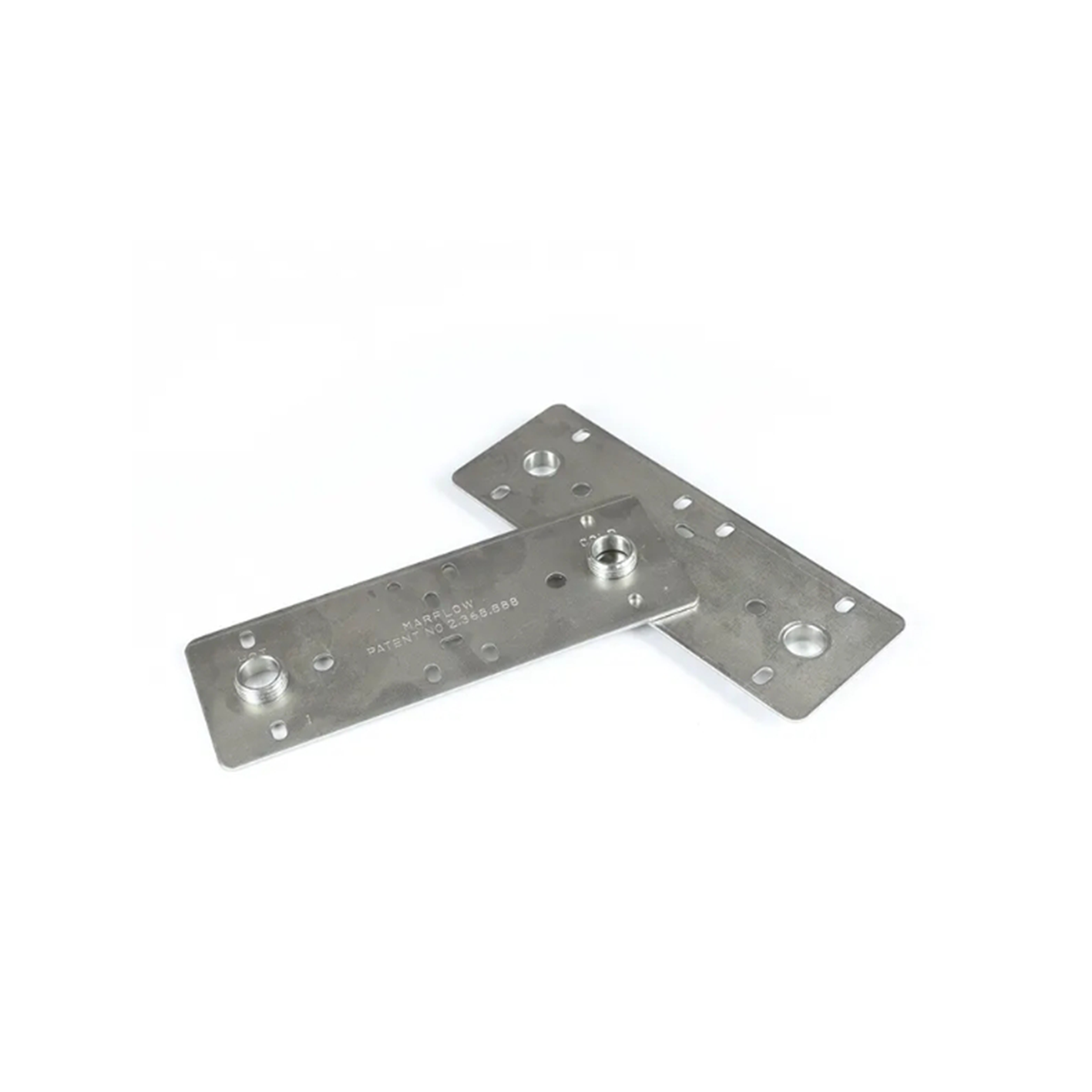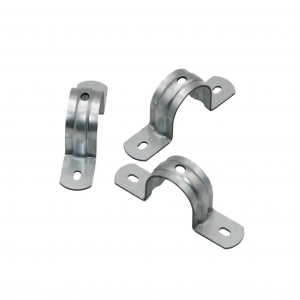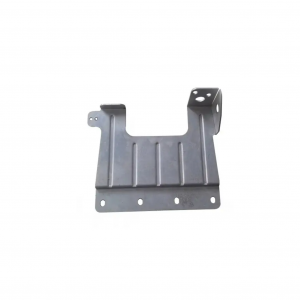OEM precision metal stamping parts terminal block stamping parts
Description
| Product Type | customized product | |||||||||||
| One-Stop Service | Mold development and design-submit samples-batch production-inspection-surface treatment-packaging-delivery. | |||||||||||
| Process | stamping,bending,deep drawing,sheet metal fabrication,welding,laser cutting etc. | |||||||||||
| Materials | carbon steel,stainless steel,aluminum,copper,galvanized steel etc. | |||||||||||
| Dimensions | according to customer's drawings or samples. | |||||||||||
| Finish | Spray painting, electroplating, hot-dip galvanizing, powder coating, electrophoresis, anodizing, blackening, etc. | |||||||||||
| Application Area | Auto parts, agricultural machinery parts, engineering machinery parts, construction engineering parts, garden accessories, environmentally friendly machinery parts, ship parts, aviation parts, pipe fittings, hardware tool parts, toy parts, electronic parts, etc. | |||||||||||
Process flow
The electrophoresis process is a coating technology. Its working principle is that under the action of an external DC power supply, colloidal particles move in a directional manner toward the cathode or anode in the dispersion medium. This phenomenon is called electrophoresis. The technology that uses the electrophoresis phenomenon to separate substances is also called electrophoresis. The electrophoresis phenomenon proves that colloidal particles carry electric charges, and different colloidal particles have different natures and adsorb different ions, so they carry different charges.
The electrophoresis process is mainly divided into anodic electrophoresis and cathodic electrophoresis. In anodic electrophoresis, if the paint particles are negatively charged, the workpiece is used as the anode, and the paint particles are deposited on the workpiece under the action of the electric field force to form a film layer. On the contrary, in cathodic electrophoresis, the paint particles are positively charged, the workpiece is used as the cathode, and the paint particles are also deposited on the workpiece under the action of the electric field force to form a film layer.
The electrophoresis process has many advantages, such as uniform and beautiful coatings, and can cover difficult-to-coat surfaces, such as natural wood floors and cast aluminum alloys. In addition, electrophoretic coating can save paint and costs, because the paint can be accurately deposited on the surface of the workpiece under the action of the electric field, which greatly reduces the waste of paint. At the same time, the inorganic solvents and water used in electrophoretic coatings can be recycled, which is less harmful to the environment and health.
However, the electrophoretic process also has some disadvantages. It has high requirements for the dimensional accuracy, surface quality and shape integrity of the workpiece. In addition, the process of electrophoretic coating is relatively complicated, and the equipment, coating parameters and paint liquid state that need to be maintained are relatively complex, requiring skilled operators to master.
The electrophoretic process is not only widely used in the coating of metal workpieces, such as cars, trucks and other metal products, but also in biology, medicine and food safety. In biological and medical research, electrophoresis technology is used to separate biomolecules such as DNA, RNA and proteins, which helps in disease diagnosis and drug development. In the field of food safety, electrophoresis technology can be used to detect ingredients and additives in food to ensure food quality.
When performing electrophoresis operations, it is necessary to prepare an electrophoresis instrument, an electrophoresis tank and an electrophoresis buffer, mix the sample to be separated with the loading buffer and inject it into the electrophoresis tank, set the appropriate electric field strength and time, start the electrophoresis process, and analyze the results after the electrophoresis is completed.
The electrophoresis process is an important coating and separation technology with broad application prospects. With the continuous advancement of science and technology, the electrophoresis process will be further optimized and developed, providing more application possibilities in various fields.
Quality management
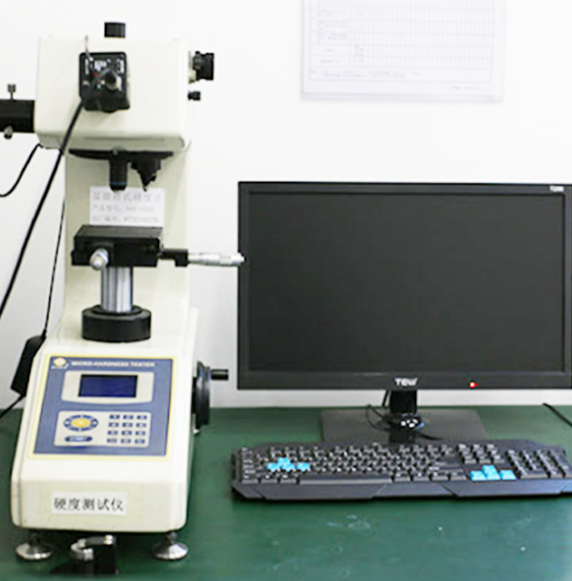
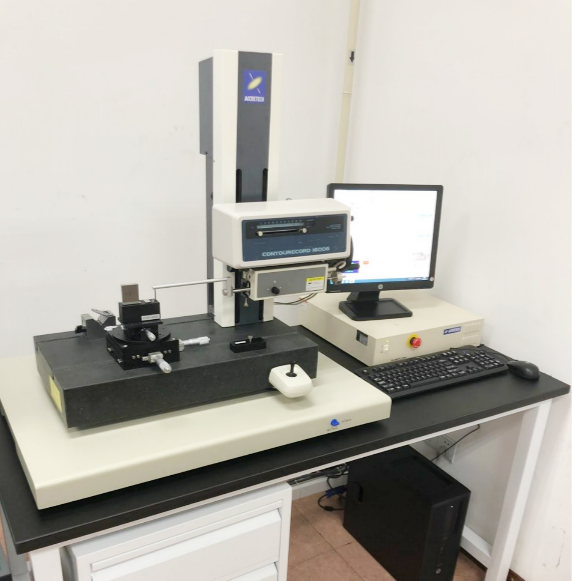
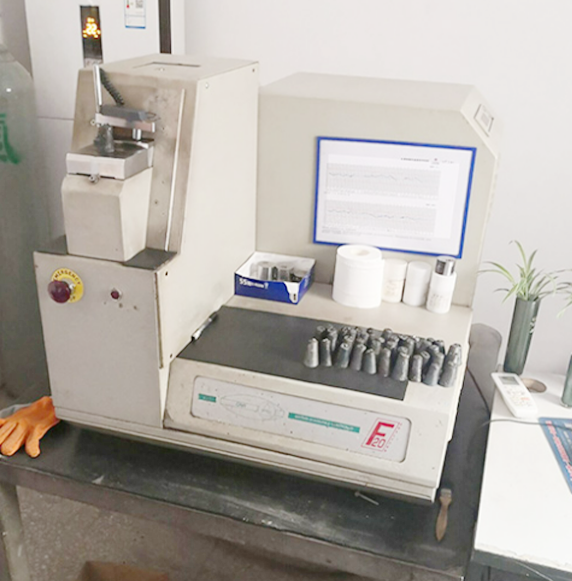
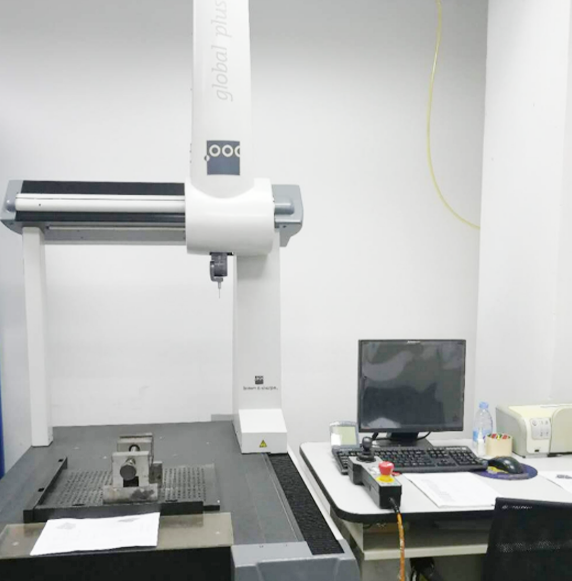
Vickers hardness instrument.
Profile measuring instrument.
Spectrograph instrument.
Three coordinate instrument.
Shipment Picture




Production Process
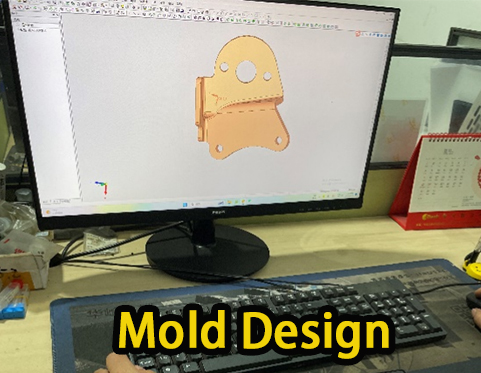
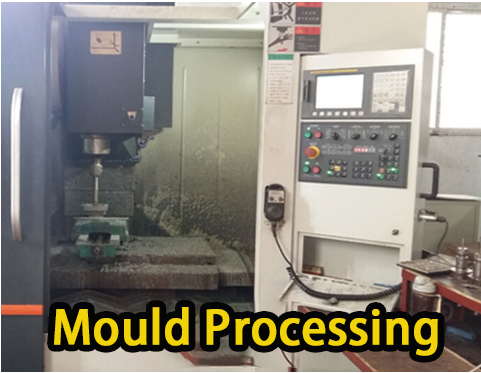
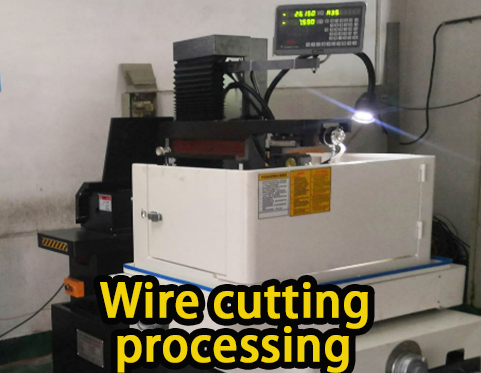
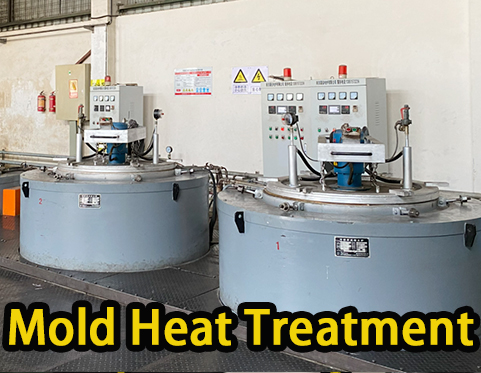
01. Mold design
02. Mould Processing
03. Wire cutting processing
04. Mold heat treatment
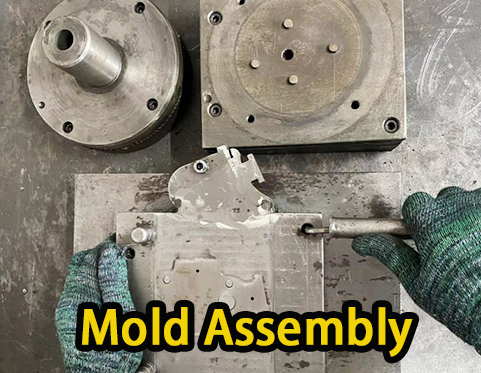
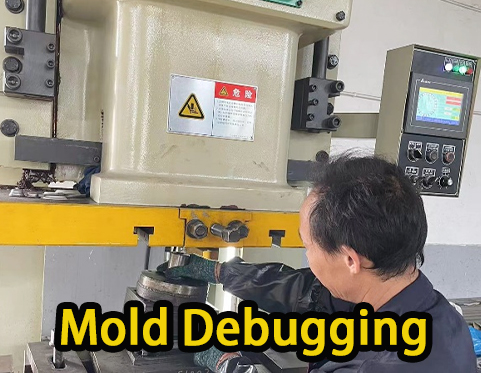
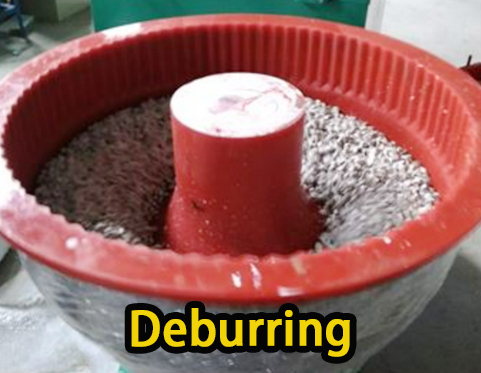
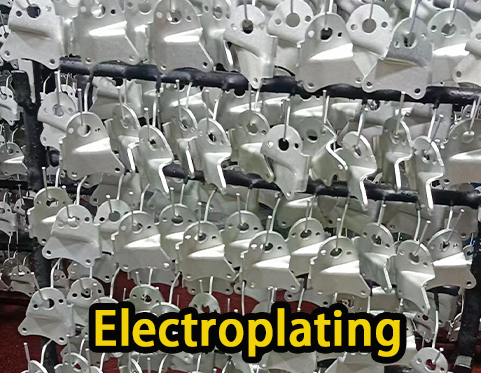
05. Mold assembly
06. Mold debugging
07. Deburring
08. electroplating

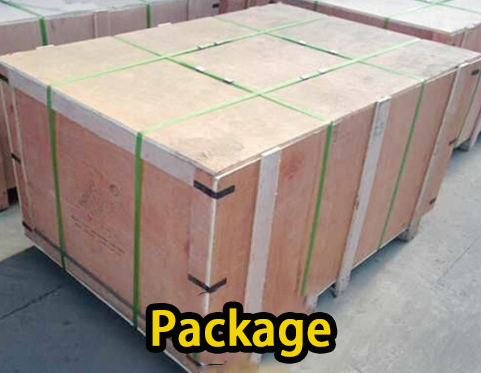
09. Product Testing
10. Package
The Stamping Process
Coils or flat sheets of material are molded into precise shapes through the manufacturing process known as metal stamping. Among the many shaping techniques that are included in stamping are progressive die stamping, punching, blanking, and embossing, to name a few. Depending on the intricacy of the work, sections may employ all of these methods at once or in combination. During the process, blank coils or sheets are put into a stamping press, which forms the metal's surfaces and features using dies and tools. A great method for mass producing a variety of intricate pieces, such as gears and door panels for cars, as well as tiny electrical components for computers and phones, is metal stamping. In the automotive, industrial, lighting, medical, and other sectors, stamping procedures are widely used.
FAQ
Q: Are you a trading company or manufacturer?
A: We are manufacturer.
Q: How to get the quote?
A: Please send your drawings (PDF, stp, igs, step...) to us by email , and tell us the material, surface treatment and quantities, then we will make a quotation to you.
Q: Can I order just 1 or 2 pcs for testing?
A: Yes, of course.
Q. Can you produce according to the samples?
A: Yes, we can produce by your samples.
Q: How long is your delivery time?
A: 7~ 15 days, depends on the order quantities and product process.
Q. Do you test all your goods before delivery?
A: Yes, we have 100% test before delivery.
Q: How do you make our business long-term and good relationship?
A:1. We keep good quality and competitive price to ensure our customers benefit ;
2. We respect every customer as our friend and we sincerely do business and make friends with them, no matter where they come from.

